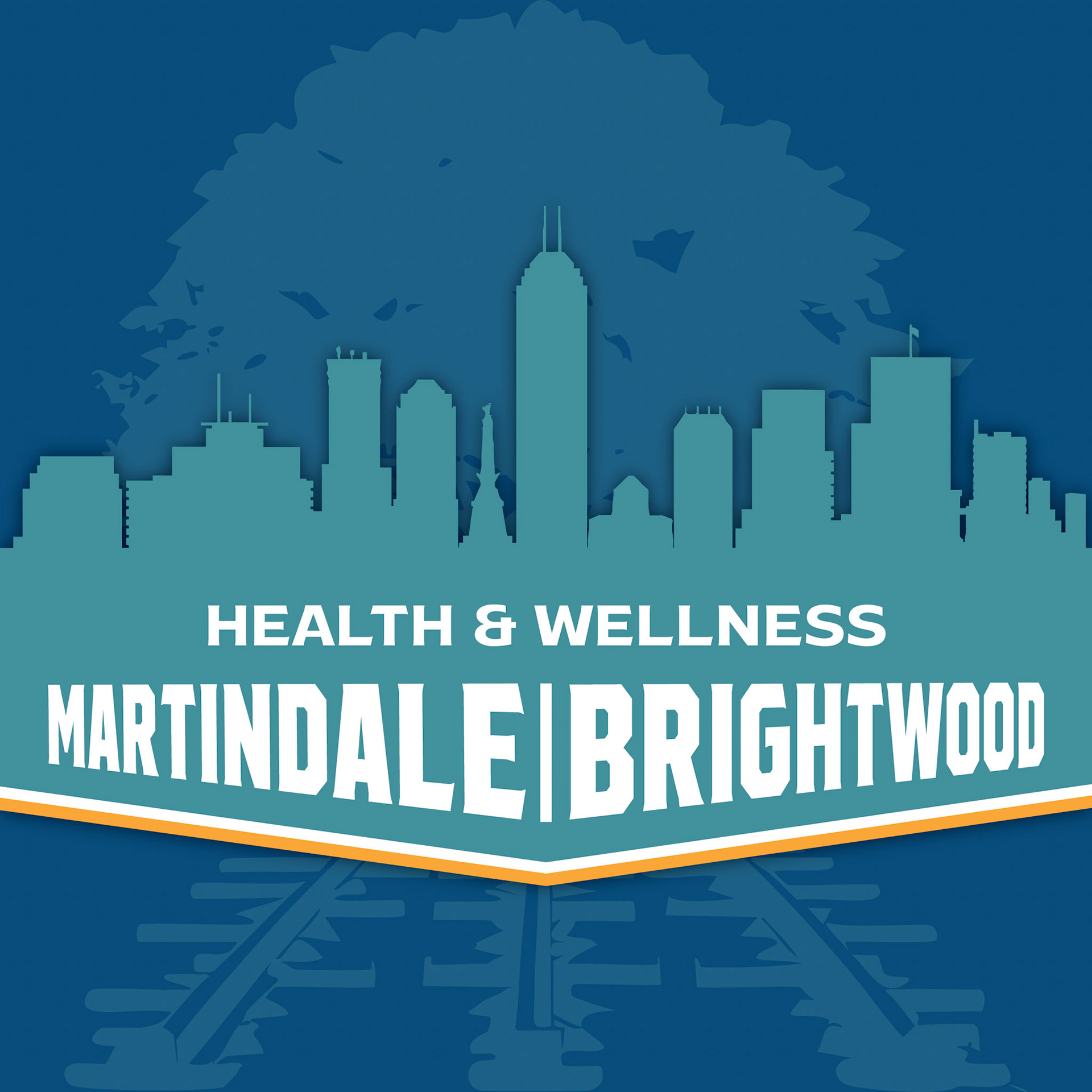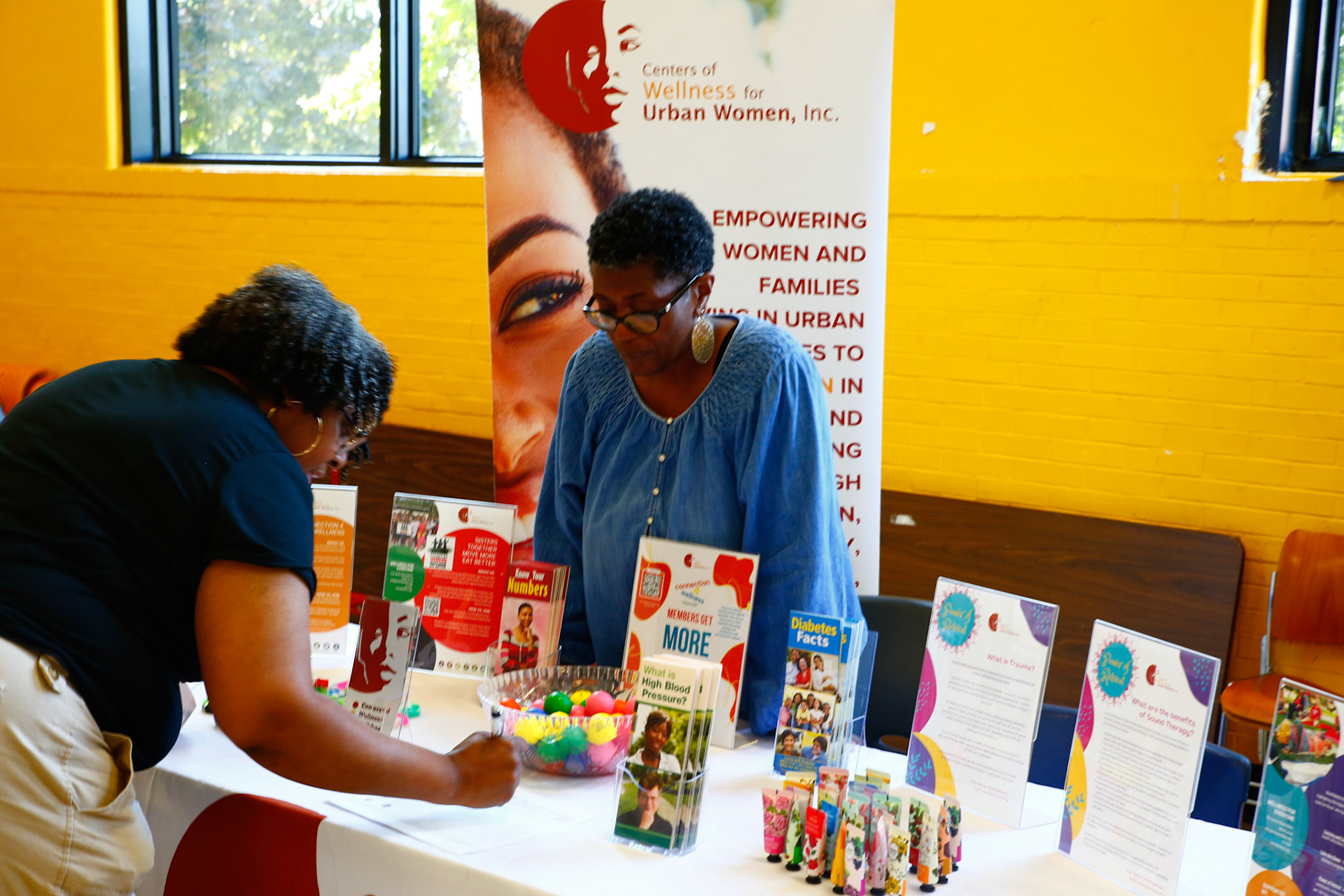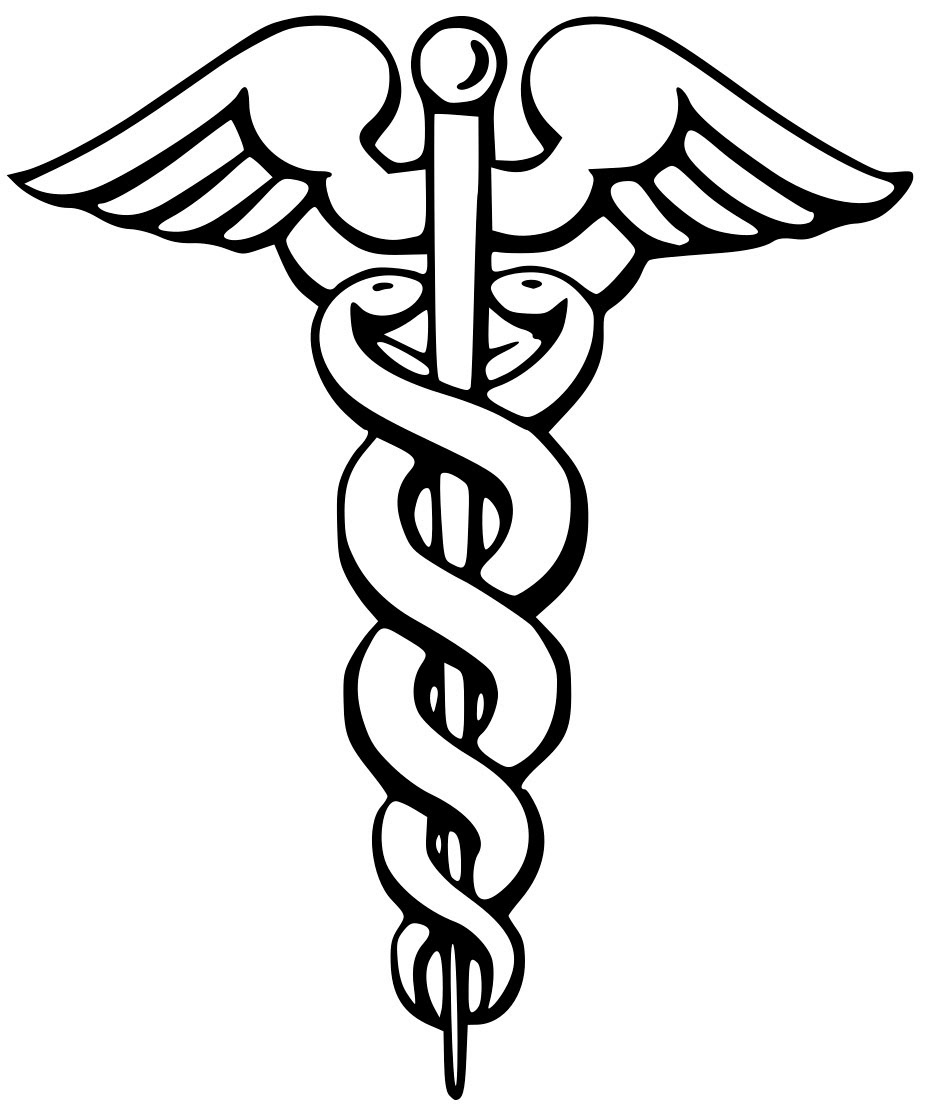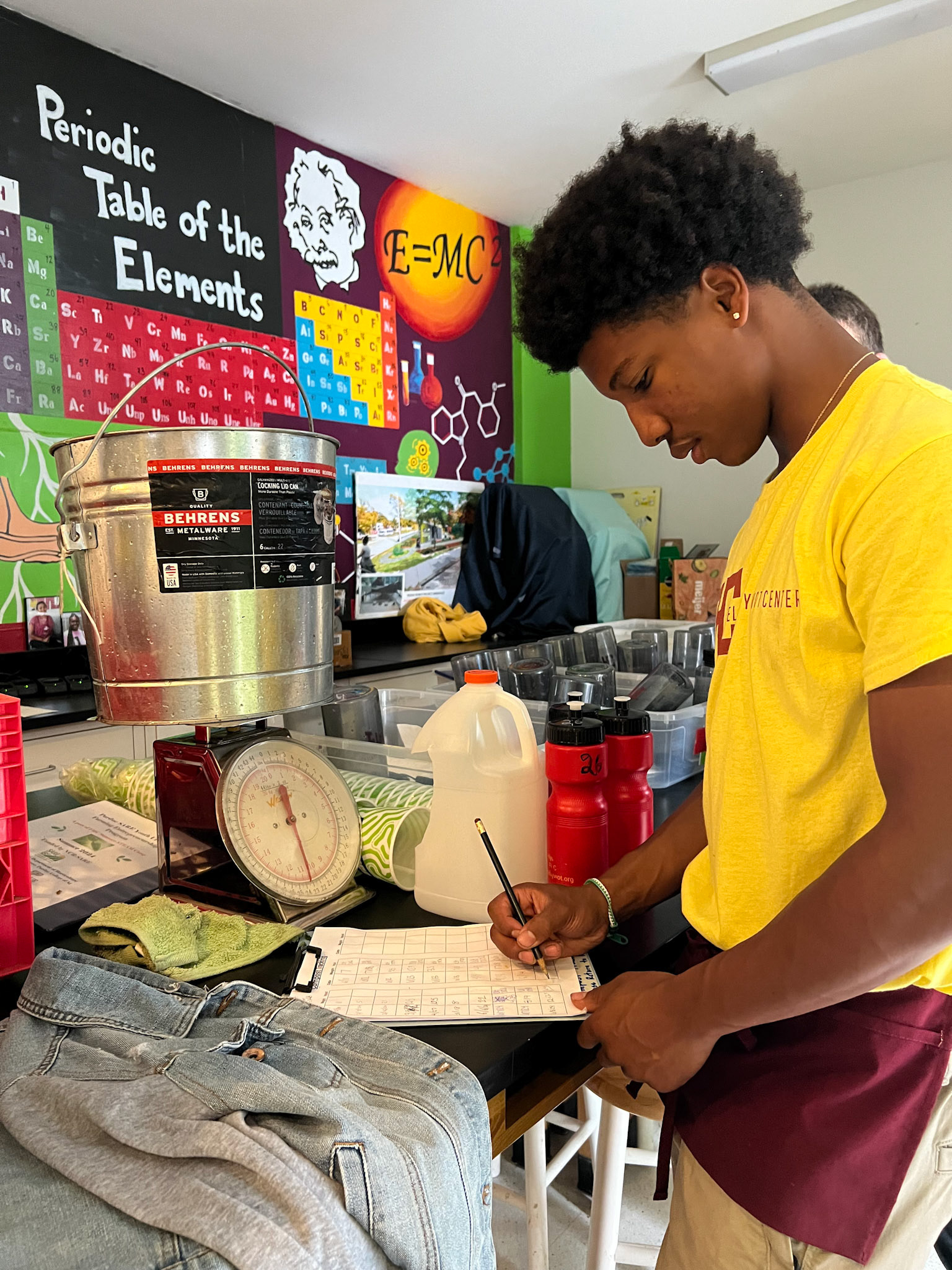Health and Wellness of its people are key pillars of any community’s Quality of Life. Several entities located in or serving Martindale Brightwood contribute to increased health and wellness and will be part of the implementation of this plan, which proposes the formation of a collective impact coalition, relying on coordinated engagement and communication between residents and stakeholders. While we have made progress, there remains much to do.
One statistic provides a stark measure of health inequities that challenge our neighborhood. According to health records, in 2018 the estimated life expectancy of a child born in Martindale Brightwood was 62 years, compared to 76 years for Marion County.
In neighborhoods like Martindale Brightwood, residents face significant health disparities. Nationally, Black people show a higher occurrence rate than white people of chronic and infectious diseases. Black neighbors are more likely to have high blood pressure, but less likely to have their high blood pressure controlled by medication.
In 2021, 22.7% of adults in Martindale Brightwood were diagnosed with diabetes and 49.4% of the MB population 18+ years were described as obese. There are also glaring health disparities for the Martindale Brightwood residents in terms of maternal health, birth outcomes, and infant health. In 2022 this rate was 31.3 deaths per 100,000 live births, with infant mortality among Black people 2.4 times higher than for white people.
We know that people of all ethnicities and cultures experience mental health conditions. The U.S. Department of Health and Human Services shares that 1 in 4 adults 18+ years, and 1 in 3 among adults aged 18 to 25, had a mental illness in the past year. When considering the mental health of Black Americans, historical and cultural factors have led to significant disparities. For example, nationally 25% of Black people seek mental health treatment when needed, compared to 40% of white people.
The health disparities facing communities such as Martindale Brightwood can be attributed in part to several significant structural barriers to health equity. Income inequality challenges many households. Lack of health insurance is also a key barrier to health care access for the population. SAVI notes that in 2022, 12% of the total population of Martindale Brightwood was without health insurance including 5.5% of children lacking health coverage. While access to health insurance increased during COVID relief funding, Indiana’s potential rollback of those supports in 2024 threatens many of the most vulnerable neighbors with removal of those benefits.
Limited health literacy (LHL) represents an additional barrier to health care access and utilization in the neighborhood. Often written information about health and health insurance is written at or above a high school reading level, hampering access of people to navigate health care and insurance systems. With these facts, the Health and Wellness of the Quality of Life Implementation plan commits to create and conduct Advocacy and Education, enabling information that empowers residents to become healthier and more well. Post pandemic, encouraging investments toward bridging this gap are underway. Health providers are working with residents and stakeholders toward more accessible access points for quality, comprehensive health care at little to no cost. Providers such as IU Health, Eskanazi Health, Community Health Networks and HealthNet continue to direct resources toward efforts to alleviate access barriers with fidelity to the community’s goals and strategies. In the case of HealthNet, the provider’s Martindale Brightwood facility has been prioritized for more centralized provider access, while the Edna Martin Christian Center, the Indianapolis Recorder Newspaper and One Voice lead initiatives and efforts to boost resident connectivity through programs and direct resident engagement.

Goals And Strategies
Goal 1
Residents have voice and power in the neighborhood’s health and wellness system and services
Residents have voice and power in the neighborhood’s health and wellness system and services
Strategy 1.1
Organize a Martindale Brightwood Health & Wellness Coalition of residents and partners to oversee and monitor the health and wellness of the neighborhood, then act and advocate to improve health and wellness.
Organize a Martindale Brightwood Health & Wellness Coalition of residents and partners to oversee and monitor the health and wellness of the neighborhood, then act and advocate to improve health and wellness.
Goal 2
Residents access affordable, quality health services when they need them.
Residents access affordable, quality health services when they need them.
Strategy 2.1
Establish local health clinics and mobile health clinics in the neighborhood
Establish local health clinics and mobile health clinics in the neighborhood
Strategy 2.2
Residents understand and successfully navigate the health care system
Residents understand and successfully navigate the health care system
Strategy 2.3
All residents are covered by health insurance.
All residents are covered by health insurance.
Goal 3
Martindale Brightwood residents and youth engage in healthy lifestyles and practices.
Martindale Brightwood residents and youth engage in healthy lifestyles and practices.
Strategy 3.1
Increase options for physical activity, healthy eating, stress management, and other elements for a healthy lifestyle
Increase options for physical activity, healthy eating, stress management, and other elements for a healthy lifestyle
Strategy 3.2
Reduce options for unhealthy practices
Reduce options for unhealthy practices
Goal 4
Residents and youth understand the importance of mental health and access mental health services when they need them
Residents and youth understand the importance of mental health and access mental health services when they need them
Strategy 4.1
Address the stigma surrounding mental health and increase resources for mental health support.
Address the stigma surrounding mental health and increase resources for mental health support.
Strategy 4.2
Ensure access to mental health services and information about those services
Ensure access to mental health services and information about those services


